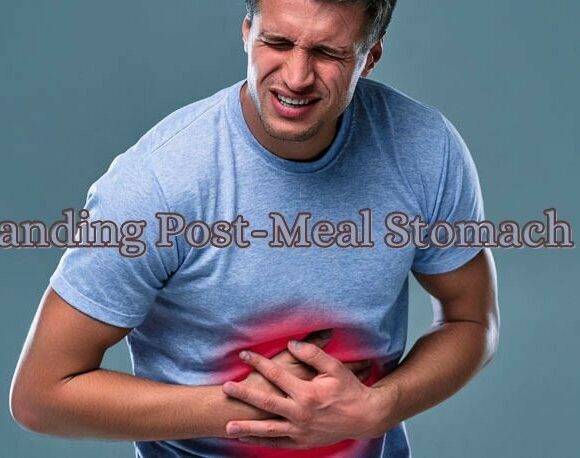“TIME IS….. LIFE”

“Ignorance is certainly bliss, but often this bliss can be at the cost of a life.”
Most deaths associated with a heart attack occur in the first one hour of its onset. The prime hurdles associated with a timely intervention in saving lives during a heart-attack are the timely diagnosis of it and then its timely treatment.
Probably when William Heberden in 1772, described angina-pectoris or cardiac chest-pain as “a sense of strangling…with a painful sensation in the chest…often more to the left than to the right side of the center of the chest….very frequently extending from the chest to the middle of the left arm”, it was so vivid a description that all the othervariations ofpain in a heart-attack eluded the layman’s understanding, sadly leading to the costly misconception of it, delayed diagnosis, delayed treatment and otherwise preventable fatalities!
In my practice of cardiology, I have seen many lives, and many so young, lost, merely from the ignorant delay in reaching a hospital, for the want of a crucial timely diagnosis of a heart-attack, purely from the patient’s own failure and or delay in understanding the symptoms of a heart-attack. In despair, I have always felt a conscientious urge of educating the masses on how very different the pain in a heart-attack can be from Heberden’s classic description of it and that no time should be lost in getting expert medical attention.
Though the classic pain in a heart-attack is described as a constricting heaviness on theleft sideof the chest, where the heart is located,up to 35 to 45% patients can experience a heart-attack without any form of chest-pain. A heart-attack can present deceptivelyas just breathing difficulty, or less alarmingly as mere tiredness or giddiness especially in the older and diabetic patients or more commonlyas belching or ejection of air or gas from the stomach through the mouth or as a burning sensation in the upper middle area of the abdomen or the center of the chest. It can at times present only as pain in the jaw or throat and sometimes as back pain. Though often a heart-attack can be accompanied with sweating, nausea or vomiting, it is not always the rule. Thus it is important that it be driven to the comprehension of every individual that a heart-attack can present differently and even without any chest-pain, especially being of utmost concern if the person has risk-factors as diabetes, smoking, a sedentary life-style, obesity, a strong family history of heart attackor is a post-menopausal woman.
The actual culprit in a heart-attack is a blood-clot.The heart has three blood-vessels called coronary arteries, which supply the heart muscle with blood, oxygen and energy to aid the heartto pump blood to all the organ systems of the body. When a clot suddenly causes a 100% obstruction to flow of blood in one of the three coronary arteries, a heart-attack ensues. When the heart is suddenly deprived of its crucial blood supply, it suddenly fails to pump effectively, causing a cardiac arrest or very fast heart rates called ventricular arrhythmias, which can cause sudden death. Removal of this culprit clot as quickly as possible, is therefore the key to survival. This can be achieved with clot-dissolving medications or by actual mechanical removal of the clot by a procedure called “primary”-angioplasty using clot-suction tubes or catheters, balloons to open the underlying blocks and placement of scaffolds called stents across the blocks to prevent re-block.The time interval recommended for either therapy is earliest at bestandpreferably with-in 120 minutes from the onset of pain, referred in medical jargon as the “door to needle” and the “door to balloon” time in their appropriate contexts. The “door to needle” time refers to the time to administration of the clot-dissolving medication and the “door to balloon” time refers to the emergency shifting of the patient to the cardiac catheterization laboratory and the performance of the primary angioplasty. Road traffic and reaching the hospital can be a challenge too and self-transportation is emphatically discouraged. Primary angioplasty is the best treatment option in the ideal scenario as it immediately removes the clot and deals with any underlying blocks effectively and completely. The procedure involvesperforming an angiogram to identify the totally blocked artery,passing a wire across the total obstruction and suction of the clot with a specialized catheter. Suction and removal of the culprit clot re-establishes the blood flow in the artery immediately and this is followed by a balloon dilatation and stent placement across the residual block. Deployment of the stent provides a complete scaffolding of the block with normal and complete blood flow in the artery and completion of the procedure. With a successful angioplasty and a good result, the patient is clearly saved in minutes, from the jaws of an otherwise lurking death.
Thus it is obvious thatone of the major set-backs in receiving prompt therapy during a heart-attack is often the delay from the side of the patient himself or herself in recognizing the symptoms. A quick diagnosis and an even quicker initiation of therapy provide the key to survival during a heart-attack, never undermining the fact that time and nothing but time, ticks as the decisive factor between the paths of life and impending death andwith no second thought,this crucial time is…Life!
DR BINOY JOHN










